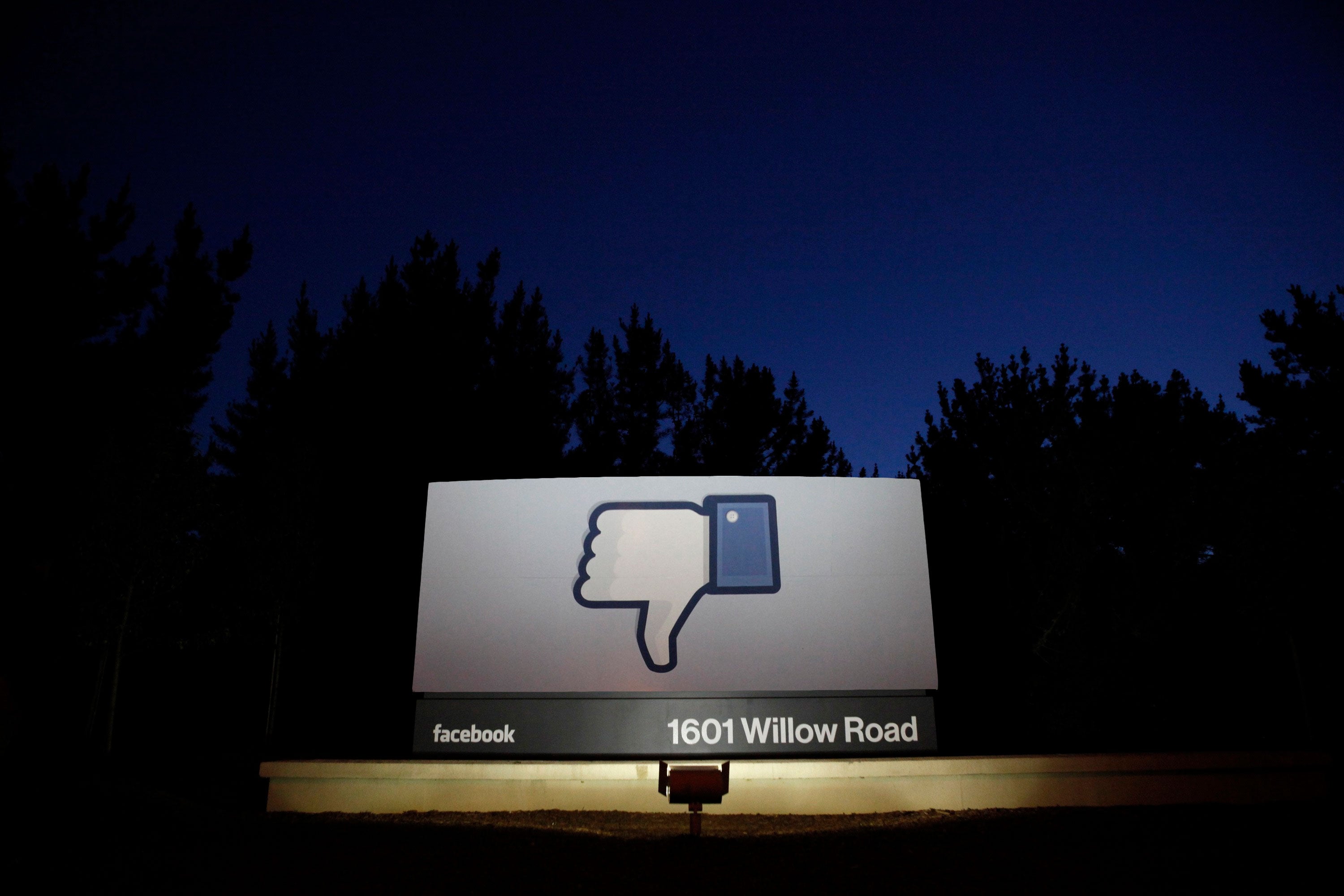The inventor of the Facebook 'like' button says he never made a 'dislike' button because he feared the 'unfortunate consequences'
“If you want to dislike something, you should probably write a comment"

If the Facebook ‘like’ is a cultural icon then the ‘dislike’ button is pure internet myth. Thousands have petitioned for it, millions have felt an unconscious itch for it and yet Facebook are as likely to introduce one as they are a ‘middle finger’ button.
The reason for this according to man who invented the ‘like’ is that giving users the power to let friends know exactly what they thought of their link, photo, status or comment would result in what he rather delicately terms “unfortunate consequences”.
Speaking to Tech Radar, former Facebook CTO Bret Taylor said that need for a ‘dislike’ button was actually debated during the creation of the ‘like’ but that the potentially negative fall-out was deemed too great.
"The reason we launched the [‘like’ button] in the first place was that there were a lot of times that people wanted to acknowledge something someone did, but didn't have anything to say,” says Taylor. “And a lot of comments were one word like 'cool' or 'wow' so the like button let people did that with a single click. It wasn't really just a sentiment of 'like'."
However, he explains, a ‘dislike’ button would never work in the same way and would only encourage bad vibes (writing something hateful is harder than clicking a button and often the act of writing clears up the more spiteful feelings anyway).
Join our commenting forum
Join thought-provoking conversations, follow other Independent readers and see their replies
Comments